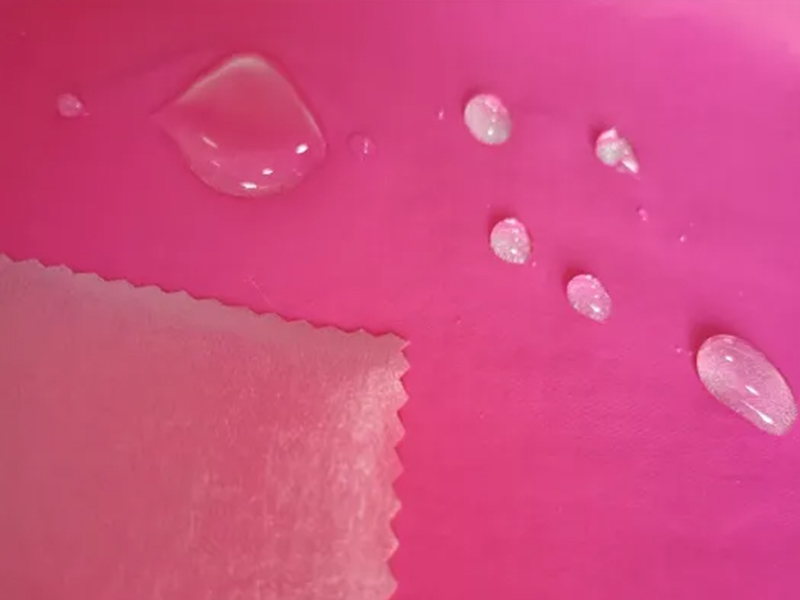During rainy seasons,
raincoat fabric is a lifesaver. It is a high-tech material that is waterproof and breathable.
Raincoats are usually made of synthetic materials. These fabrics are 100% waterproof and have fast drying time. They are also durable and do not need to be dry cleaned. The fabric is treated with chemicals to repel water.
Fabric for water-resistant coats is typically made of nylon, polyester, or polyurethane. They are easy to maintain and are designed to repel light precipitation for a short period. They are also breathable and wind-resistant.
The fabric of many raincoats is a blend of cotton and nylon. These fabrics can be machine washed on a gentle setting. However, if the garment is not of good quality, it may be damaged.
To ensure the integrity of the fabric, each part of the coat is checked. It is inspected for stitch length, alignment, and button-hole stitching. If the parts have defects, they are repaired.
The finishing process is performed by Computer Aided Manufacturing (CAM) machines. This ensures efficiency and speed. The finishing process is done by applying a waterproof membrane to the outer fabric.
The lining is then put inside the appropriate pieces of the shell. These parts are then sewn together by a person. Then, the whole coat is checked by a quality control inspector. If there are any problems, the seams are corrected.
Then, the coat is placed on a hanger. The fabric is then rolled into bolts. Then, the fabric is allowed to cool.













